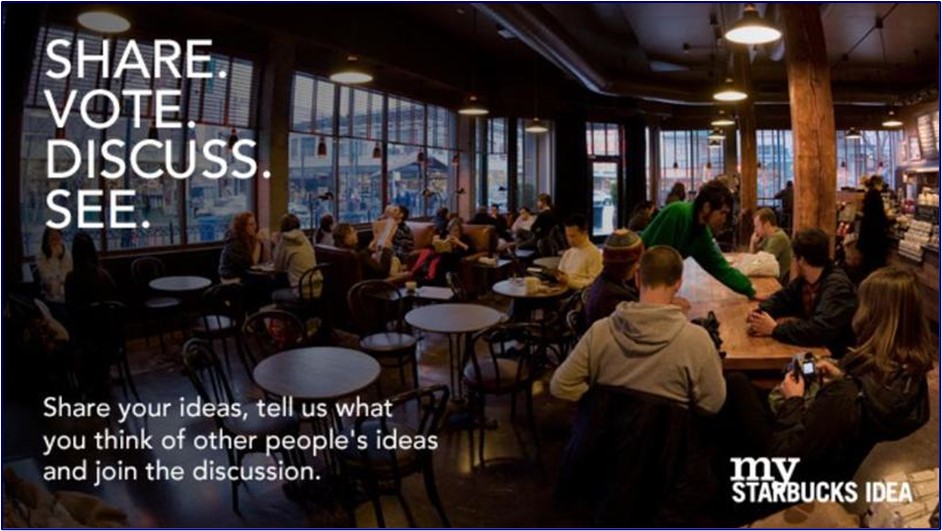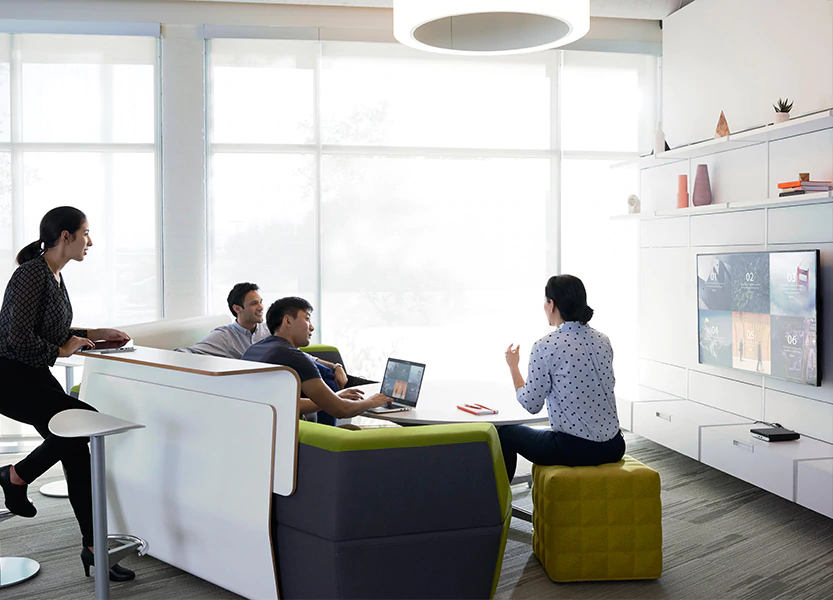As part of our Design Practice, we apply our design expertise to the design of both customer experiences and employee experiences. The former address the desired customer experience to be associated with researching, purchasing, possessing, using, maintaining, and retiring an offering. The latter address the experience the organization desires its workers to have in delivering the offering. These two experiences must have congruency if the business model is to work as desired and intended.
We refer to the former work as Customer Experience Design, or CX Design, and the latter work as Employee Experience Design, or EX Design. Both are subsets of the broader domain of Experience Design. In each case, these questions of desired experience are addressed through intentional design of the experience, whether it is that of the customer or that of the business. Both are important aspects of executing a particular business model.
CX Design is concerned with defining and capturing the desired customer experience you want your customers to have whenever interacting with your business, its brands, and its offerings. This spans the entire Customer Lifecycle… becoming aware of their need, contemplating a purchase, researching their options, purchasing their chosen option, receiving it, unpacking it, setting it up, using it throughout its lifecycle, maintaining it for as long as makes sense, retiring it, and then starting the cycle all over again — including both being loyal to the brand and referring it to others. This sequence of events is the ‘journey’ your customers take along their path of engagement with whatever option they ultimately choose.
The proper design of the CX journey is extremely critical. It has to make careful use of Experience Psychology in order to properly influence key attributes of your offering (such as its features and performance levels) and otherwise optimize the overall journey. Viewed more broadly, CX Design captures those experiences you want your customers individually, and your markets collectively, to have whenever engaging with your products or services. Together with your marketing messages, these will largely determine the market's perception of your brand, and are what ultimately create (or fail to create) a particular level of loyalty to that brand.
EX Design is concerned with defining and capturing the desired employee experience you want your organization's workers to have whenever delivering your offerings — from producing them, to marketing them, to selling them, to servicing them, to reclaiming them. In similar fashion to CX Design, this sequence of events is the ‘journey’ your workers will take along their path of experience. EX Design will inform key aspects of delivery, including production methods, supply chain interactions, ordering or retailing systems, inventory management, marketing channels, sales channels, service arrangements, reclamation arrangements, and so on. In this sense, EX Design adds an additional layer of detail on top of what is otherwise captured in a traditional Business Model Design.
The greatest value transfer takes place, and the delivery process is most effective, when both designs — CX and EX — are seamlessly congruent with one another.
Often, wherever there is a breakdown between the two, the result ends up creating pain and friction for both parties… a lose–lose. The win–win situation occurs when they are designed to work in harmony with one another. The conditions for this to happen are generally set within the context of the Business Model Design itself.
At Legacy Innovation Group, we have an established process for experience design that delivers winning, innovative customer and employee experiences. This process involves a sequence of 10 steps, and derives from established practices in Customer Experience Design (CXD) and Customer Experience Management (CXM), which themselves draw upon the field of Experience Psychology.
More information about our process can be found at The Legacy Innovation Experience Design Process.
The Experience Design Engagement typically follows these steps:

CEOs come and CEOs go. Some are excellent. They generally ‘get it’. Others not so much. They really ‘don't get it’. What makes the difference between these?
READ MORE
There's an insidious debate that's bounced around for probably the better part of twenty years now. It's the debate of whether or not ‘innovation is everyone's job’...
READ MORE
Innovation Spaces – which can refer to any space intentionally designed to foster and facilitate good innovation work – come in all sorts, shapes, and sizes...
READ MOREWe partner with committed business leaders to make their organizations the driving forces in their markets.
CONTACT USSign up for our newsletter.
NEWSLETTER SIGN-UP